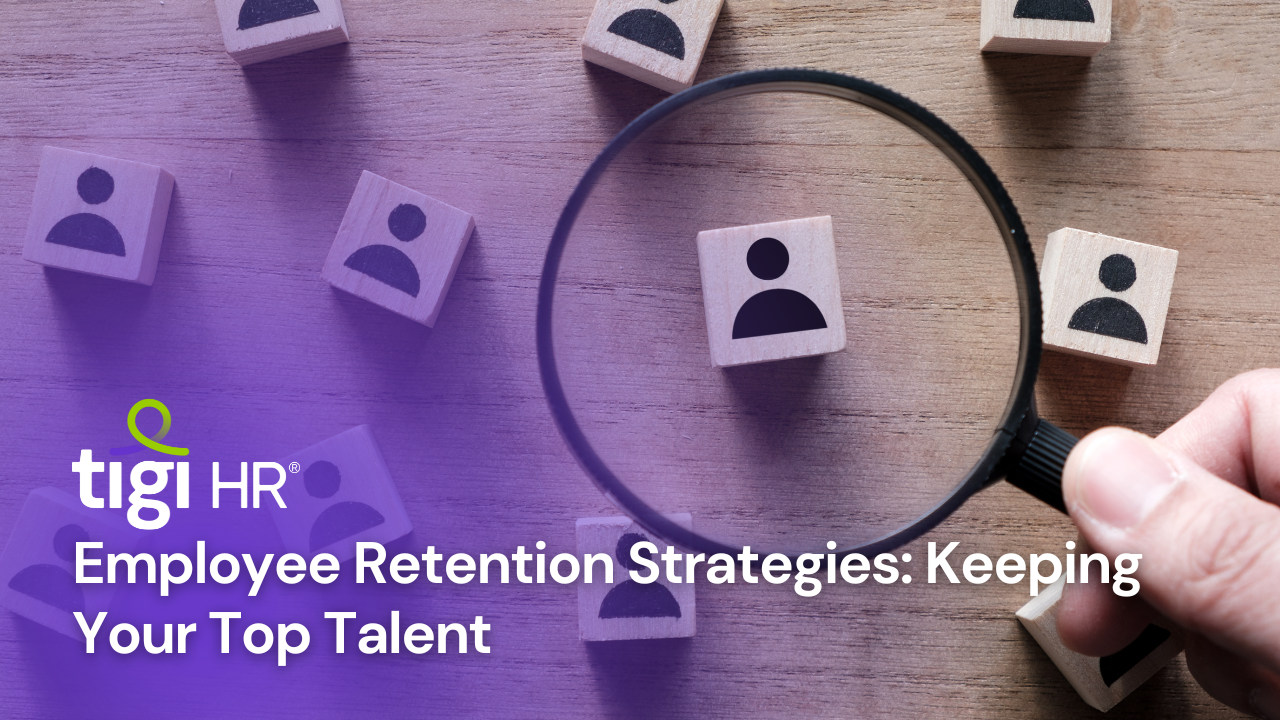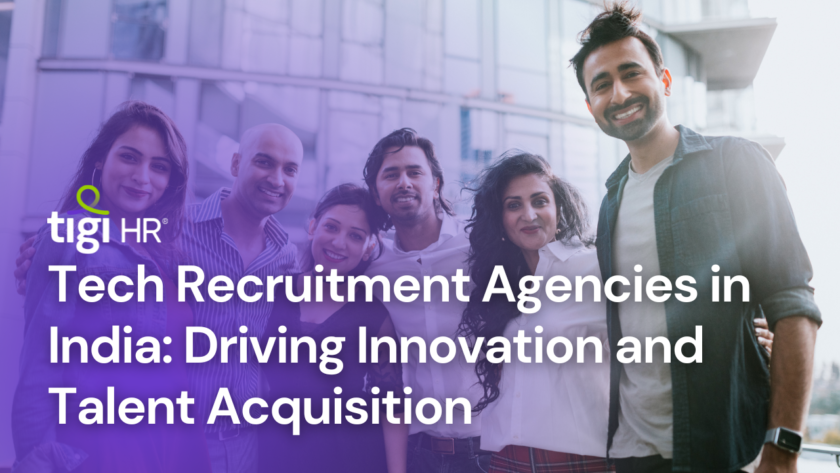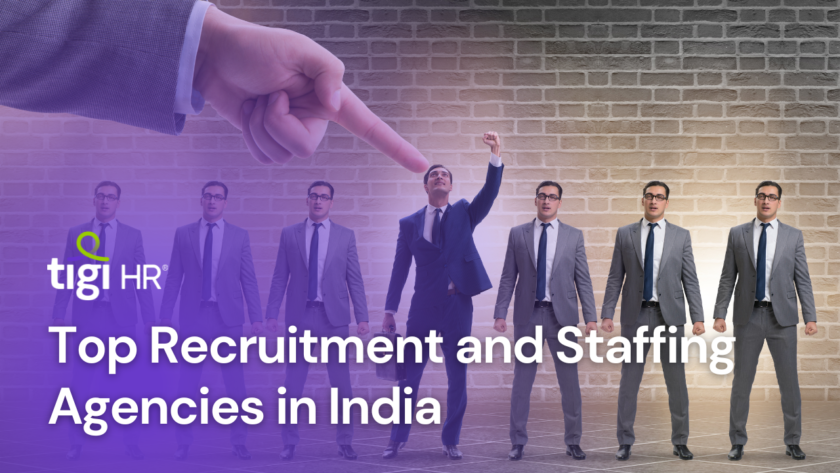- Introduction to Employee Retention
Employee retention is a critical concern for organizations in today’s competitive job market finding top talent. It refers to the art and science of retaining top talent within a company’s workforce. In an era where skilled and motivated employees are the lifeblood of success, businesses must prioritize strategies to keep their valuable assets from seeking opportunities elsewhere and keeping their Top talent.
The foundation of any thriving organization is its people, and losing key employees can have far-reaching consequences. High turnover rates not only disrupt workflow and reduce productivity but also incur significant costs associated with recruitment, training, and lost knowledge. Therefore, understanding and implementing effective employee retention strategies has become a strategic imperative for modern businesses.
Employee retention goes beyond mere job satisfaction; it encompasses creating an environment where employees feel valued, engaged, and motivated to contribute their best. It’s about fostering a sense of loyalty and commitment that goes beyond a paycheck. In this dynamic landscape, where employees often have numerous employment options, organizations need to proactively develop and implement retention initiatives that cater to the evolving needs and expectations of their workforce.
2: The Importance of Retaining Top Talent
In the fiercely competitive business landscape of today, the value of retaining top talent cannot be overstated. These exceptional individuals are the driving force behind a company’s innovation, productivity, and overall success. They are the ones who consistently deliver outstanding results, demonstrate leadership qualities, and serve as role models for their colleagues. Losing such invaluable assets can be detrimental to an organization on multiple fronts.
Employee turnover, especially among high-performing individuals, not only disrupts the stability of a company but also incurs substantial financial costs. The recruitment and onboarding process for new talent can be resource-intensive, involving expenses related to advertising, interviewing, and training. Furthermore, when a top employee departs, they often take with them intellectual capital, institutional knowledge, and client relationships that are difficult to replace.
Moreover, the departure of key employees can send negative ripples throughout the organization. It can lower morale among remaining staff, create uncertainty, and lead to increased workloads for others as they strive to fill the void left by their departing colleagues.
3: Understanding Employee Turnover
Employee turnover, often referred to as attrition or churn, is a critical metric for organizations to monitor and comprehend. It is the rate at which employees leave a company and need to be replaced. Understanding the reasons behind employee turnover is fundamental in devising effective retention strategies.
High turnover rates can be indicative of underlying issues within an organization. These issues can range from dissatisfaction with working conditions and management practices to a lack of growth opportunities or competitive compensation. By understanding why employees leave, a company can identify areas for improvement and take proactive steps to reduce turnover.
Moreover, not all turnover is created equal. There is a distinction between voluntary turnover (employees leaving by choice) and involuntary turnover (employees leaving due to circumstances beyond their control, such as layoffs or retirement). Both types have unique implications and require tailored strategies.
Tracking and analyzing turnover data allows organizations to pinpoint trends, such as which departments experience the most turnover or if there are patterns related to employee demographics. Armed with this information, they can develop targeted retention initiatives.
4: Identifying Your Top Talent
Identifying and recognizing your top talent is a foundational step in any effective employee retention strategy. These are the individuals who consistently excel in their roles, demonstrate exceptional skills, and exhibit the potential for leadership within your organization.
To begin this process, it’s crucial to establish clear criteria for what defines top talent within your specific context. This might involve a combination of performance metrics, leadership potential, and cultural fit. Identifying top talent isn’t a one-size-fits-all endeavor; it requires a tailored approach that aligns with your company’s goals and values.
One common method for identifying top talent is conducting regular performance reviews and evaluations. This allows you to assess employees’ skills, achievements, and potential for growth. Additionally, soliciting feedback from supervisors, peers, and team members can provide valuable insights into who stands out as top talent within your organization.
Once you’ve identified your top performers, it’s essential to engage with them in meaningful ways. Top talent often seeks challenges, opportunities for professional development, and recognition for their contributions. Tailoring their career paths, offering mentorship, and involving them in high-impact projects can help nurture and retain these valuable employees.
5: Effective Onboarding Processes
Effective onboarding processes play a pivotal role in setting the stage for employee retention. The onboarding period is the initial experience an employee has with your organization, and it significantly influences their perception of the company and their decision to stay.
A well-structured onboarding program serves several purposes. Firstly, it helps new employees acclimate to their roles, understand their responsibilities, and become familiar with company policies and culture. Secondly, it introduces them to the team, fostering connections and a sense of belonging. Lastly, it provides an opportunity to align the employee’s goals and expectations with those of the organization.
An effective onboarding process begins before an employee’s first day and extends well beyond it. It should encompass a comprehensive orientation program, access to necessary resources and training, and regular check-ins to gauge progress and address any concerns.
Personalization is key during onboarding. Tailor the experience to the individual’s role and background to ensure relevance. For example, a technical employee might need different training materials than a sales representative.
Investing in a positive onboarding experience can pay off in the long run. Employees who have a smooth and engaging onboarding experience are more likely to feel valued, engaged, and committed to the organization. They understand their role within the company and have a clearer path for career progression.
6: Competitive Compensation Packages
Competitive compensation packages are a linchpin in any successful employee retention strategy. A fair and enticing compensation structure is not only essential for attracting top talent but also for keeping them engaged and committed to your organization over the long term.
Compensation encompasses more than just base salaries. It includes various elements such as bonuses, benefits, equity, and perks. To create a competitive compensation package, organizations must consider industry standards, regional cost of living, and the unique needs and expectations of their workforce.
Salary benchmarking is a common practice in determining competitive compensation. It involves comparing your organization’s pay scales to industry averages and competitors’ offerings. This helps ensure that your employees are compensated fairly and competitively.
However, compensation isn’t solely about the financial aspect. Employees also value benefits like healthcare, retirement plans, and flexible work arrangements. Offering a comprehensive benefits package can significantly enhance your retention efforts.
Furthermore, equity and transparency in compensation can boost employee trust. Clearly communicating how compensation decisions are made and providing opportunities for advancement based on performance can motivate employees to stay and strive for excellence.
7: Career Development and Growth Opportunities
Career development and growth opportunities are key factors in retaining top talent and keeping employees engaged. In a dynamic job market, individuals seek positions that not only offer immediate rewards but also opportunities for advancement and professional growth.
Employees who perceive a clear path for career development within your organization are more likely to stay committed and motivated. Here are some essential elements to consider:
- Clear Career Paths: Define career paths within your organization. Show employees how they can progress from their current roles to higher positions, and provide guidance on the skills and experience required for each step.
- Training and Skill Development: Invest in training programs and skill development initiatives. This can include in-house training, workshops, courses, or mentorship programs to help employees acquire new skills and knowledge.
- Performance-Based Promotions: Link promotions and advancement opportunities to performance. Recognize and reward employees who consistently excel in their roles and contribute to the company’s success.
- Cross-Functional Experiences: Offer opportunities for employees to gain experience in different departments or roles. This can broaden their skill set, increase their understanding of the organization, and open up new career possibilities.
- Mentorship and Coaching: Establish mentorship programs where experienced employees can guide and support those who are newer to the organization. This fosters a sense of belonging and provides valuable guidance.
- Regular Career Conversations: Conduct regular career development discussions with employees. Understand their aspirations, identify areas for growth, and align their goals with organizational objectives.
8: Creating a Positive Work Environment
Creating and maintaining a positive work environment is paramount to retaining top talent. Employees spend a significant portion of their lives at work, and the atmosphere in which they operate has a profound impact on their job satisfaction and commitment to the organization.
A positive work environment is one where employees feel valued, respected, and motivated to perform at their best. Here are some key elements to consider:
- Cultural Alignment: Ensure that your company culture aligns with the values and beliefs of your workforce. An inclusive and supportive culture promotes a sense of belonging and engagement.
- Effective Leadership: Leadership plays a critical role in shaping the work environment. Managers should lead by example, communicate transparently, and provide opportunities for growth and feedback.
- Open Communication: Encourage open and honest communication at all levels of the organization. When employees feel heard and their opinions matter, they are more likely to be engaged and committed.
- Work-Life Balance: Promote work-life balance by offering flexible work arrangements, paid time off, and initiatives that support employees’ overall well-being.
- Recognition and Appreciation: Recognize and appreciate employees for their contributions. Regular feedback and acknowledgment of their efforts can boost morale and job satisfaction.
- Physical Workspace: Create a comfortable and inspiring physical workspace. A well-designed office can contribute to a positive atmosphere and productivity.
- Conflict Resolution: Develop effective conflict resolution mechanisms to address workplace issues promptly and fairly. A harmonious work environment minimizes turnover due to interpersonal conflicts.
9: Employee Recognition and Rewards
Employee recognition and rewards programs are essential tools in the arsenal of retention strategies. They serve to acknowledge and appreciate employees for their contributions, fostering a sense of accomplishment and motivation to stay with the organization.
Recognition can take various forms, including verbal praise, certificates, awards, or even public acknowledgment. Rewards, on the other hand, often involve tangible incentives such as bonuses, promotions, or additional time off. Here are key aspects to consider:
- Timely and Specific Recognition: Recognize employees promptly when they achieve milestones or make exceptional contributions. Be specific about what they did well and how it positively impacted the organization.
- Peer Recognition: Encourage peer-to-peer recognition. When employees acknowledge each other’s efforts, it creates a culture of appreciation and camaraderie.
- Tailored Rewards: Offer rewards that align with individual preferences. Some employees may value financial incentives, while others might prefer extra time off or professional development opportunities.
- Fair and Transparent Criteria: Ensure that the criteria for recognition and rewards are fair, transparent, and based on measurable achievements. This prevents perceptions of favoritism.
- Consistency: Maintain consistency in your recognition and rewards programs to set clear expectations for employees. Regularly review and update these programs to keep them relevant.
- Long-Term Recognition: Consider long-term recognition programs, such as “Employee of the Year” awards, to acknowledge sustained excellence and loyalty.
10: Flexibility and Work-Life Balance
In today’s fast-paced work environment, offering flexibility and promoting work-life balance is more critical than ever for retaining top talent. Employees increasingly value the ability to manage their professional responsibilities while also attending to personal and family needs.
Flexibility comes in various forms, including remote work options, flexible hours, compressed workweeks, and job-sharing arrangements. Here are key considerations:
- Remote Work: Embrace remote work options, especially in the wake of evolving work trends. Remote work can enhance work-life balance by eliminating commuting time and allowing employees to work in comfortable environments.
- Flexible Hours: Allow employees to adjust their work hours to better align with their personal commitments, such as childcare or pursuing further education.
- Compressed Workweeks: Offer compressed workweek options, where employees work longer hours on fewer days. This can provide extended weekends and more substantial blocks of free time.
- Job Sharing: Explore job-sharing arrangements, where two or more employees share the responsibilities of a single full-time position.
- Paid Time Off: Provide generous paid time off (PTO) policies, including vacation days, personal days, and holidays. Encourage employees to use their PTO for rest and relaxation.
- Wellness Initiatives: Promote wellness initiatives and programs that support employees’ physical and mental health. Encourage breaks and discourage excessive overtime.
- Technology Support: Ensure that employees have the necessary technology and tools to work remotely effectively. Invest in secure communication and collaboration platforms.
11: Building Strong Employee-Manager Relationships
Strong employee-manager relationships are a cornerstone of successful employee retention strategies. The quality of the relationship an employee has with their manager often determines their job satisfaction and likelihood of staying with the organization.
Effective managers understand their employees’ strengths, weaknesses, and career goals. Here are key elements to consider when focusing on these relationships:
- Open and Transparent Communication: Encourage open and transparent communication between employees and managers. This includes regular check-ins, one-on-one meetings, and opportunities for feedback.
- Goal Alignment: Ensure that employees’ individual goals align with the organization’s objectives. When employees see a connection between their work and the bigger picture, they are more likely to stay motivated.
- Professional Development: Managers should actively support the professional development of their team members. This includes identifying growth opportunities, providing constructive feedback, and offering mentorship.
- Recognition and Feedback: Managers should acknowledge and reward employee contributions promptly. Constructive feedback should be provided to help employees improve and grow in their roles.
- Conflict Resolution: Managers should be equipped to handle conflicts and challenges within their teams. A manager’s ability to address issues promptly can prevent situations from escalating and negatively affecting retention.
- Workload Management: Ensure that workloads are manageable and balanced. Managers should be aware of their team’s workload and allocate tasks appropriately to prevent burnout.
12: Communication and Feedback Channels
Effective communication and feedback channels are vital components of any successful employee retention strategy. They provide employees with a voice within the organization, offer opportunities for improvement, and foster a sense of engagement and belonging.
Here are key aspects to consider when developing communication and feedback channels:
- Regular Check-Ins: Implement regular check-in meetings between employees and their supervisors. These meetings can be used to discuss goals, progress, challenges, and career development.
- Anonymous Feedback: Establish anonymous feedback mechanisms, such as suggestion boxes or online surveys, to allow employees to express concerns or share ideas without fear of reprisal.
- 360-Degree Feedback: Incorporate 360-degree feedback processes where employees receive input not only from their managers but also from peers, subordinates, and colleagues from other departments.
- Real-time Communication Tools: Use real-time communication tools like instant messaging and collaboration platforms to facilitate quick and open communication among team members and across the organization.
- Conflict Resolution: Develop clear procedures for conflict resolution and ensure that employees are aware of them. This demonstrates a commitment to addressing issues promptly.
- Company-wide Updates: Keep employees informed about company-wide updates, changes, and milestones. Transparency builds trust and reduces uncertainty.
- Employee Surveys: Conduct employee engagement surveys to gather feedback on various aspects of the work environment, from satisfaction with leadership to the effectiveness of communication channels.
13: Training and Skill Development
Investing in employee training and skill development is a key pillar of effective retention strategies. Continuous learning opportunities not only help employees stay engaged but also contribute to their long-term career growth within the organization.
Here are essential elements to consider when developing training and skill development programs:
- Training Needs Assessment: Begin by conducting a thorough assessment of employees’ training needs. Identify skill gaps and areas for improvement to tailor training programs effectively.
- Role-Specific Training: Provide training that is specific to each employee’s role and responsibilities. This ensures that employees receive relevant and valuable instruction.
- On-the-Job Learning: Encourage on-the-job learning experiences and opportunities for employees to apply newly acquired skills immediately in their work.
- Mentoring and Coaching: Establish mentoring and coaching programs where experienced employees guide and support those looking to enhance their skills or advance in their careers.
- Access to Learning Resources: Offer access to a variety of learning resources, including online courses, workshops, seminars, and industry conferences.
- Professional Certifications: Support employees in obtaining relevant professional certifications or qualifications that enhance their expertise and value to the organization.
- Career Path Development: Incorporate training and development plans into employees’ career paths. Show them how acquiring new skills can lead to advancement within the company.
14: Mentoring and Coaching Programs
Mentoring and coaching programs are powerful tools for employee retention and development. These initiatives provide structured guidance, support, and learning opportunities that can boost job satisfaction and keep employees committed to the organization.
Here are key considerations when implementing mentoring and coaching programs:
- Mentorship vs. Coaching: Understand the distinction between mentorship and coaching. Mentors typically offer guidance based on their own experiences, while coaches focus on helping employees develop specific skills and reach their goals.
- Pairing Mentors and Mentees: Thoughtfully match mentors with mentees based on skills, career goals, and personality. Effective pairings lead to more successful mentorship relationships.
- Clear Objectives: Establish clear objectives for the mentoring or coaching program. Define what participants should expect to gain from their involvement.
- Structured Framework: Develop a structured framework for mentorship/coaching sessions. This includes setting goals, regular meetings, and tracking progress.
- Feedback and Evaluation: Encourage ongoing feedback from participants to improve the program. Regular evaluations help identify areas for enhancement.
- Accessibility: Ensure that mentoring and coaching programs are accessible to all employees, regardless of their position or level within the organization.
- Professional Development: Align mentorship and coaching with employees’ professional development plans and career aspirations.
In conclusion, effective employee retention strategies are crucial in today’s competitive job market. Organizations that prioritize their top talent by creating positive work environments, offering growth opportunities, and fostering strong relationships are more likely to retain and nurture their valuable employees. From competitive compensation packages to mentorship programs, each subtopic discussed highlights key elements in the retention puzzle. By implementing these strategies, organizations not only enhance job satisfaction and employee engagement but also set the stage for long-term success. In an ever-evolving business landscape, investing in employee retention is not just a choice; it’s a strategic imperative for building thriving and sustainable organizations.
10 HR Statistics You Need to Know
In the dynamic world of business, staying updated on HR statistics is essential for strategic workforce management. Key stats include a 76% talent shortage challenge, 82% remote work continuation post-pandemic, 33% performance boost from diverse teams, 76% employee burnout cases, and 34% higher retention rates from skill development investments. Personalized benefits (57%) and smooth remote onboarding (39%) are critical. Just 36% of employees feel engaged, while 42% of companies skip exit interviews. Automation’s impact (72%) emphasizes the need for unique human skills. These insights empower HR pros to navigate the evolving landscape effectively
Find trusted recruitment agencies : Click here





